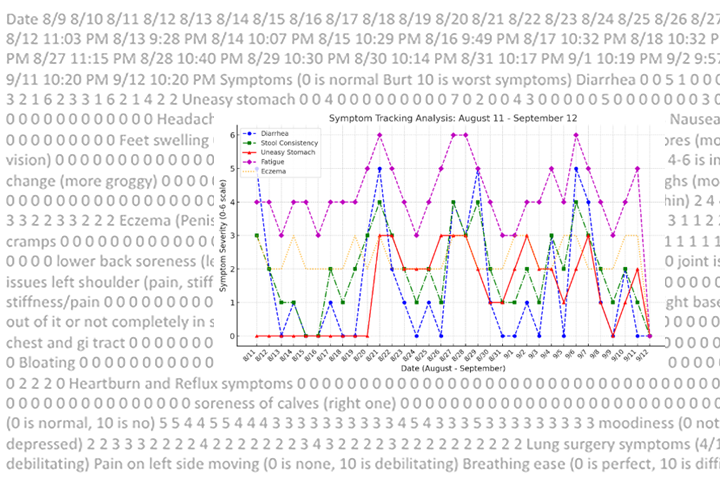Harnessing the Power of Radionuclide Therapy

Imagine a dose of a radioactive drug so precise it targets only metastatic pancreatic cancer while leaving healthy cells alone.
That’s the premise behind research called “Molecularly Targeted Radionuclide Therapy via the Integrin AlphaVBeta6,” which is being conducted by a team of University of California, Davis scientists. The team was awarded a $1 million “New Therapies Challenge” grant from the Pancreatic Cancer Collective. They are one of seven teams to receive the grant, which could be supplemented by an additional $4 million in the second round of funding.
“Very simply, radionuclide therapy is a cancer-seeking missile, and in our work that missile is made up of a guiding piece that targets the cancer and a radioactive piece that kills it,” says team leader, scientist Julie Sutcliffe, Ph.D. Sutcliffe is a faculty member of the UC Davis School of Medicine, and the Biomedical Engineering Department, where she serves as co-director of the Center for Molecular and Genomic Imaging. “Pancreatic cancer is a very tough disease, and most people are diagnosed when the disease has spread,” she adds. Her research focuses on developing targeted molecular imaging agents for preclinical and clinical applications. “With this approach we can go after the spread of the disease, the metastases, and leave the healthy cells alone.”
Built on 15 Years of Radionuclide Research
It was August 1976 when Dr. Abass Alavi and his team at the University of Pennsylvania performed the first human positron emission tomography (PET) studies of the brain and whole body using a radiotracer called FDG. PET detects radiation which is emitted from radiotracers, which are tagged to a natural chemical in the body like glucose. The most commonly used radiotracer is still FDG, which has the potential to detect malignant cells by their increased glycolysis or, more simply, their uptake of glucose. Cancer cells, by their very nature, have increased glucose uptake. The problem is that FDG is not a tumor-specific tracer, meaning that although it can provide exquisite detail of malignancies it can also hone in on areas of inflammation and infection that also have high glucose uptake.
For about 15 years, Sutcliffe and her team have been working on the development of a radiotracer that binds only to tumor cells—in this case alpha v beta 6, which is found on the surface of pancreatic cancer cells as well as other cancers. Alpha v beta 6 belongs to a family of proteins called integrins. The team has already shown the ability to use this particular integrin target to image metastatic pancreatic cancer lesions in the liver and lung.
Now, with the grant, their research is going one step farther. The group has developed and is now testing a peptide receptor radionuclide therapy (PRRT) to attack alpha v beta 6 specifically for metastatic pancreatic cancer. To do this, Sutcliffe and the team combined the imaging agent with lutetium-177 (Lu-177). Its job is to emit radiation that will kill the cancer cells, while leaving healthy cells alone.
“Being so specific in imaging was absolutely remarkable,” says Sutcliffe. “But imaging is just one step in the process of caring for a patient. Patients need effective treatments. And what we think is this combination of two very powerful agents is one potentially very effective treatment approach.”
What Exactly Is PRRT?
Peptide receptor radionuclide therapy, or PRRT, is a type of molecular targeted therapy. It uses radioactive peptides, which are combinations of cell-targeting peptides and a radioactive compound. In 2018, the FDA approved PRRT using Lu-177 for somatostatin receptor-positive neuroendocrine tumors in the GI tract or pancreas in adults.
“I’m a chemist by training and I can create all kinds of compounds,” Sutcliffe explains. She adds that the imaging agent she and her team designed used part of a protein from the foot-and-mouth disease virus, since it binds to alpha v beta 6 integrin. “A radiopeptide is really just a radiopharmaceutical, a kind of radioactive drug that will travel through the body, bind to specific tumor cells, and deliver a targeted and high dose of radiation.”
What excites Sutcliffe is that molecular therapies like these are a very personalized cancer treatment. “With PRRT you can tailor a peptide to the biology of the patient and the specific molecular make-up of the tumor,” she notes. “And since it’s so specific to the cancer, it seems to be tolerated really quite well.”
A Personal Take On Cancer Treatment
Sutcliffe is a former breast cancer patient who understands all too well the need for novel treatments. Her research partner, Dr. Richard Bold, was also the surgeon who removed her tumor.
“He and I are great colleagues, great research partners, and great friends, and I have to be honest because when I first met him I demanded that I get a PET scan and he said ‘no,’ and I said something along the lines of ‘Do you know what I do for a living?’” Sutcliffe laughs. “He said ‘yes,’ but I still wasn’t getting a PET scan. We wound up talking quite a bit and I told him about my work and he became very interested, because as a surgeon he absolutely knows how important imaging is and how even really great imaging can be improved upon.
“On a personal level, I know how important it is to have a great cancer team and to have new treatments available that can maybe save your life. There are many more options for breast cancer patients today than ever before. And I know there are going to be even better treatments down the road. Pancreatic cancer patients, actually all cancer patients, deserve the very same thing, the same push for more effective treatments.
“It is so gratifying to see how the research we do can be translated into clinical care that has the potential to help many more pancreatic cancer patients.”
Sutcliffe and the team will present their findings to the Pancreatic Cancer Collective at the end of 2019, with hopes to start a clinical trial in early 2020.






